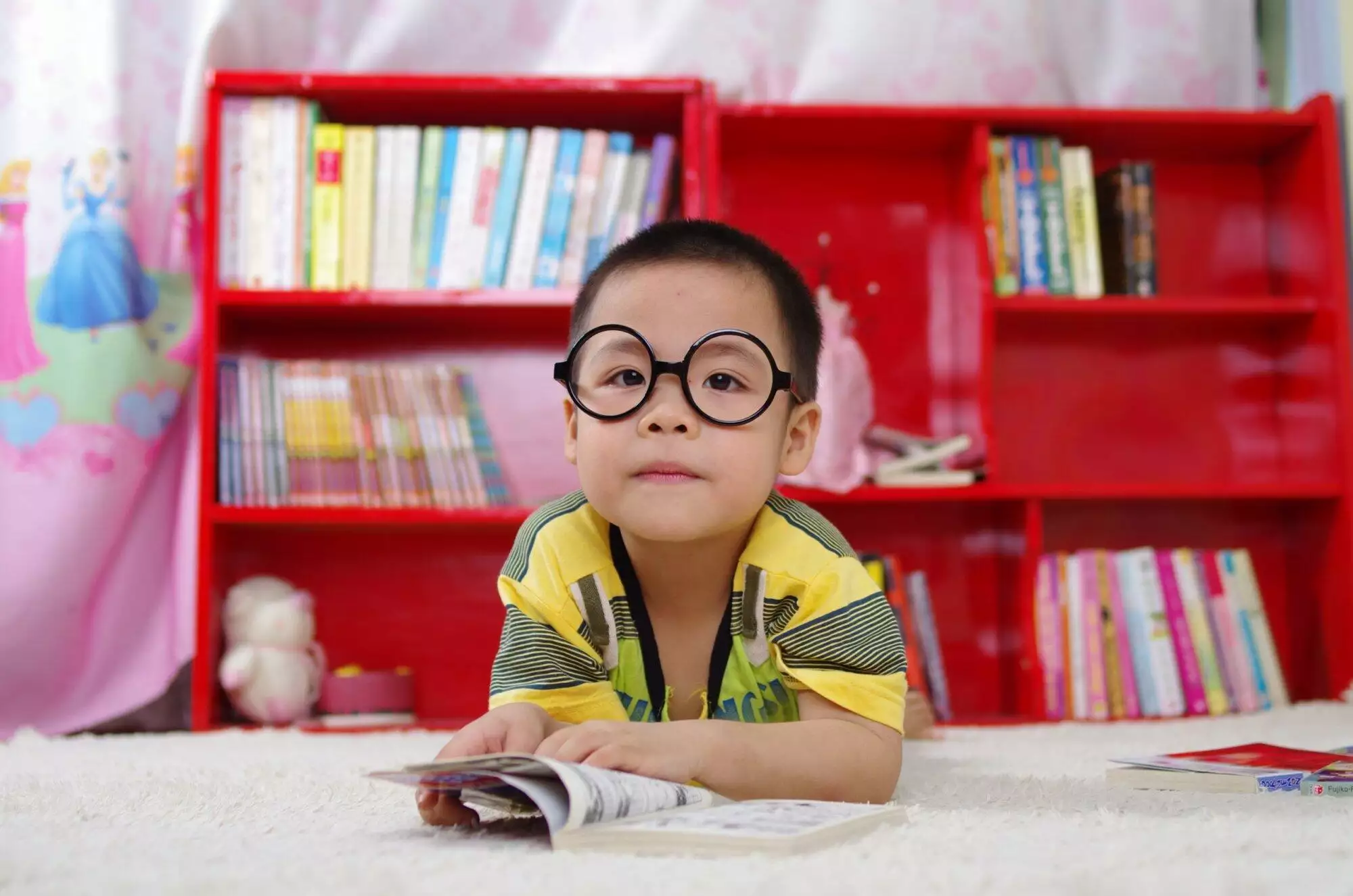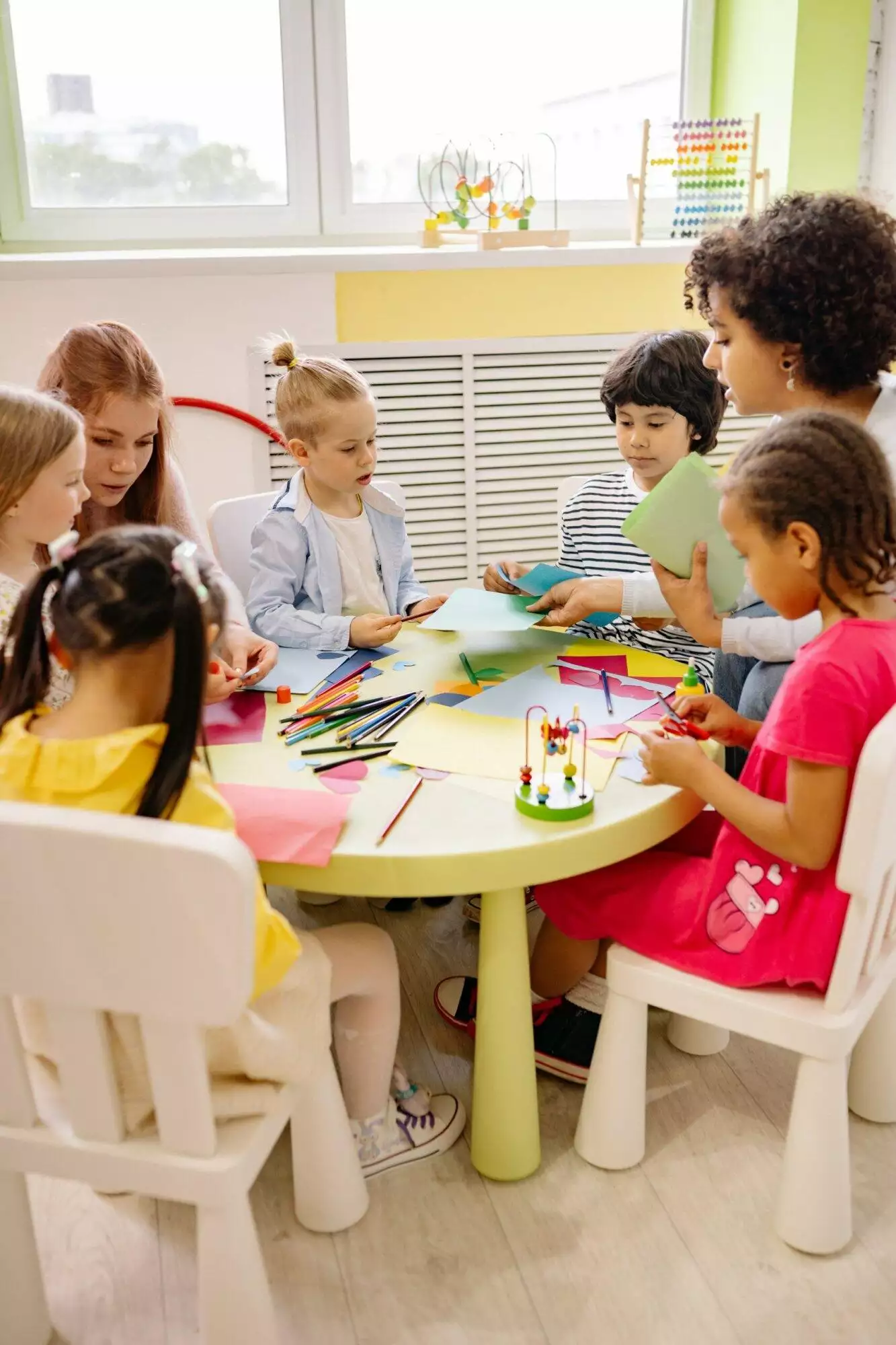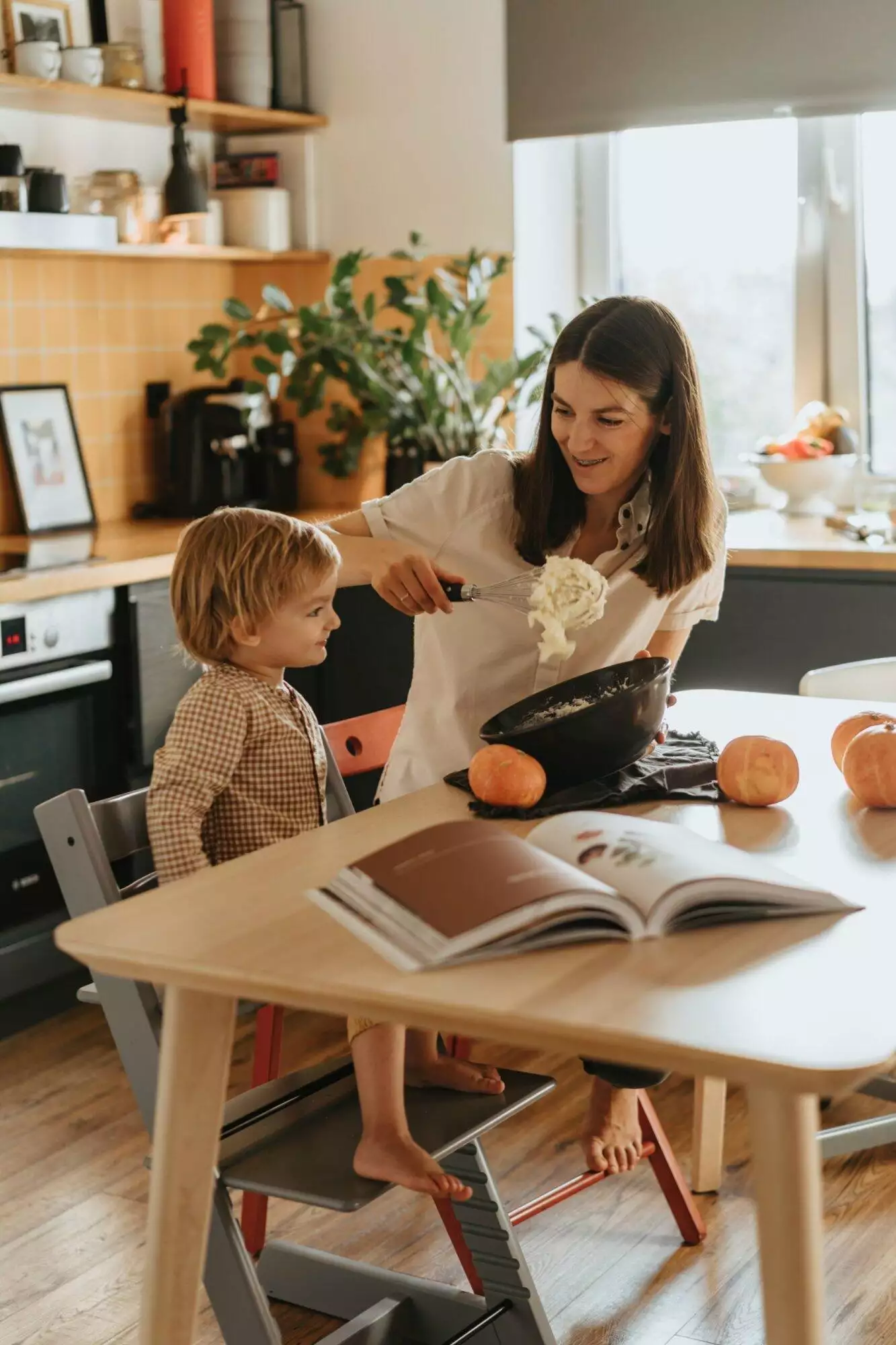The beginning years: The importance of the first 5 years
Do you have a little one at home and have you thought about how you can challenge your baby and toddler on learning and staying engaged in reading? Babies’ brains continue to form after they are born. They are forming for physical development, and also for feelings, learning and memory. Neurons in the brain are still connecting, and babies need experiences to strengthen these connections. Making these neural connections in the brain early on with an infant is the first step in the process of bonding and in a child’s ability to communicate.
Where to start
Simple activities of rocking and cuddling stimulate growth, as well as touching and gently massaging, which help to enhance development. It is important not to deprive your child of early stimulation. While many factors influence brain development, your early interactions have the most significant impact. Your baby’s ability to fully bloom critically depends upon the active involvement and interactions of all those who spend the most time with your child.
- Reading with your children is an important way to enhance these brain connections.
- It helps improve many areas of development, including: focus/attention; listening skills; increasing vocabulary; turn-taking;
- asking and answering questions; sequencing of events; increasing eye contact; referencing and sharing; comprehending words; and, connecting and bonding.
It is crucial to begin reading with your baby right from birth and even while they are still in the womb! Newborns and infants have the ability to recognize your voice if you talked, read or sang to them during pregnancy. When a baby hears and recognizes a familiar voice, they want to turn to find that voice they love; then you and your baby begin to establish eye contact and a connection and bonding that is so critical for early brain development.
Exposing children to books early provides opportunities for language learning as well as helping their path along literacy and beginning the exposure to written language. Books help expand a child’s world knowledge and build new language skills.

Hierarchy of books:
The types of books changes as children grow:
- First, there is an exploratory stage where children are discovering and manipulating books and using books like a toy. They use their sense of touch through their hands and mouth and enjoy using their visual sense by looking at bright pictures of familiar objects and people. The type of books that are best for this stage are cloth, plastic, flexible, “touch-and-feel” books as babies chew, bite and try to tear pages.
- Next, children begin to comprehend and label their first words as well as begin to turn pages, follow a pointing finger, recognize familiar people (mom, dad, sibling) and objects (ball, car, bear). Board books with hard pages and bright pictures as well as photo books, interactive books with flaps and tabs and books that make sounds are best.
- Then, as children get older, they begin to develop a sense of “theme” and become aware there is a sequence to events in a book. They begin to fill in the last word of a familiar line of a text and begin to answer “what-doing” and “what’s happening” questions. Suitable books for this stage are books with paper pages, simple sentences, characters who engage in conversation and express feelings and concepts that are relevant to their life are great choices.
- Finally, as children continue to grow, they develop a sense of organized stories that have a plot with a problem to solve, relationships between the characters and they begin to relate the theme to their own lives. The types of books that are beneficial to children at this stage are books that are lengthier, more descriptive, have several characters who engage together and have themes with a simple moral relating to something relevant to their life.
Location, Location, Location:
Books should be located everywhere in your home to allow children to always have easy access to them and make them a standard part of the child’s environment.
- Books in the family room – These books can be fun, loud, interactive, silly, engaging and have a variety of themes and concepts relevant to that age
- Books in the bedroom – These books can be fun and engaging as well for daytime use; but, definitely also have books that are calming, soothing, and relaxing “getting-ready-for-bed” books
- Books in the bathroom – These books can be about potty time as well as other light, fun books to keep your child motivated and to keep them sitting on the potty
- Books in the kitchen – These books can be about anything, including about food, eating etc.; having an ample supply for when your child is finished eating and still in their highchair is a great time to connect before moving on to the next plan

Tips on how to read with children
Reading to your baby right from the start is most important, but how you read to them is crucial and it changes as they grow.
- With newborns and infants, you want to change your tones and intonations (sing-songy voice) as well as making facial expressions to keep their interest
- With babies and toddlers, reading is about touching, pointing, and naming the pictures, not necessarily about reading the story
- It is important to point to and name objects on the pages to build vocabulary
- Later, hand-over-hand, help your baby/toddler point to the pictures and name them at the same time so it increases the chances of your child looking at the object you are naming; you want to be sure they are looking at the dog when you say “dog” and not looking at the flower, thinking the flower is called “dog”
- Spice up the excitement while reading by adding sounds or noises for animals, vehicles, etc. to enrich the experience
- Children will attend to the book for longer periods of time which helps build their attention skills if there are different changes in tone and volume of voice
- As they grow, create an interactive reading time where the adult isn’t just reading, but also asking the child to point to objects and asking questions about the pictures
- Repetition of the same book over and over and over helps them learn words and concepts; allowing your child to say the last word or finish the sentence helps build their memory and increases their interest in learning to read
- Read as often as they will allow you – it is important to set up a routine where reading is part of everyday and they will enjoy that time so much that they will be asking you to read their favorite book
- You keep control of the book so you can determine when it is time to turn the page, but allow the child to turn the pages so they feel they have some physical participation however, it is more at your pace which helps increase their attention
- Your baby will enjoy and bloom from having different people with different voices and different styles reading to them…mom, dad, siblings, grandparents, nannies and friends; the more variety there is helps to enhance the brain connections and encourage a love of reading
- While reading there are significant ways to position yourself, your child and the book depending on when and where you are reading
- “Read the room”… if books are not available, you can always name and label various objects you see around you for language stimulation
Read, read, read. Begin reading early and don’t stop until your child can read out loud to you and then you can still read to them. There is so much benefit children get by reading from increasing vocabulary to learning new concepts to special bonding time.
About the Author:
- Michelle Mintz, M.S., CCC-SLP, is the creator of Baby Blooming Moments™, a unique, one-on-one parent coaching experience empowering parents, siblings, grandparents, and nannies to enhance the way they interact with their babies and toddlers. She helps transform everyday in-the-moment interactions into fun, dynamic moments to increase communication and brain connections during those crucial early formative years. As a Personal Baby Bloomer, Michelle develops personalized, proactive strategies and hands-on activities to integrate throughout the day which enrich early attachments and social development, and helps all babies and toddlers bloom. She is also the author of All Done Binky!, a book to help support families with babies and toddlers weaning off pacifiers. Instagram; Facebook; LinkedIn





